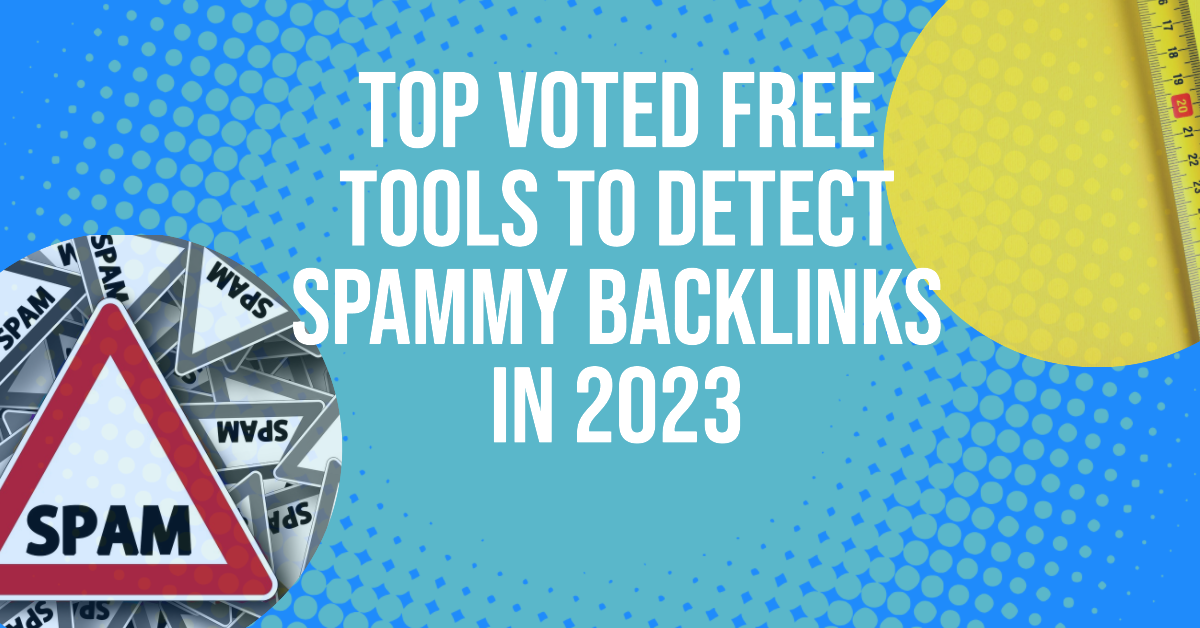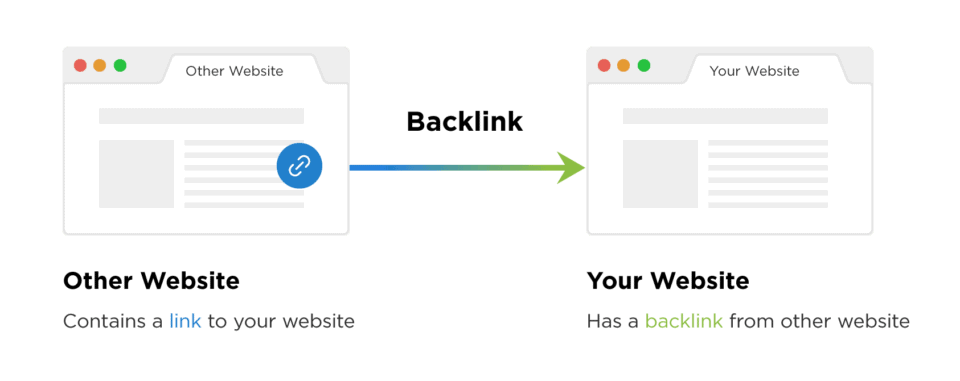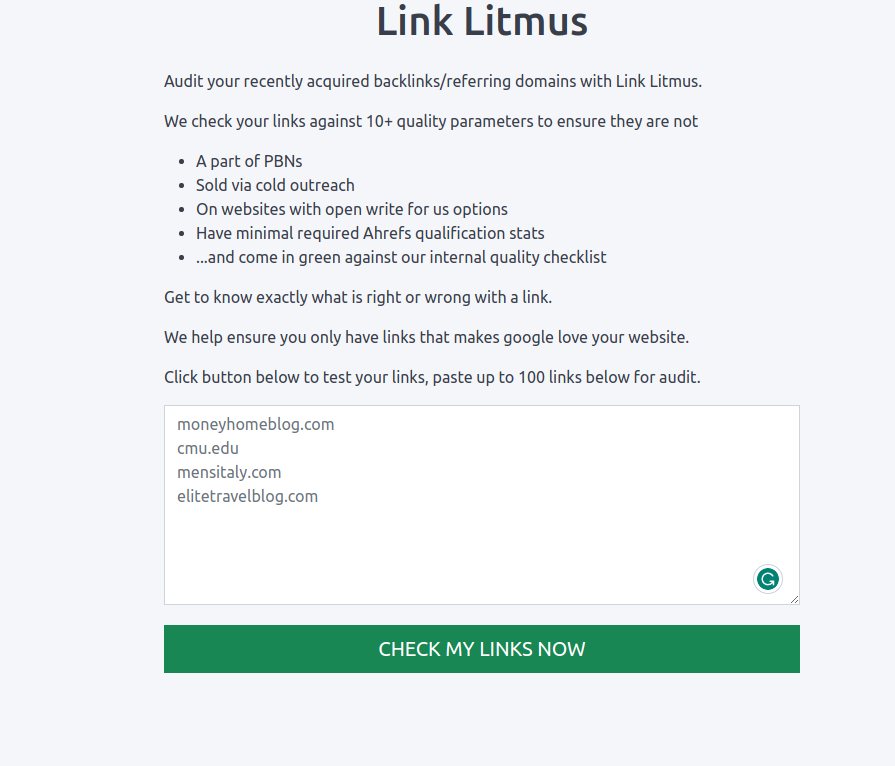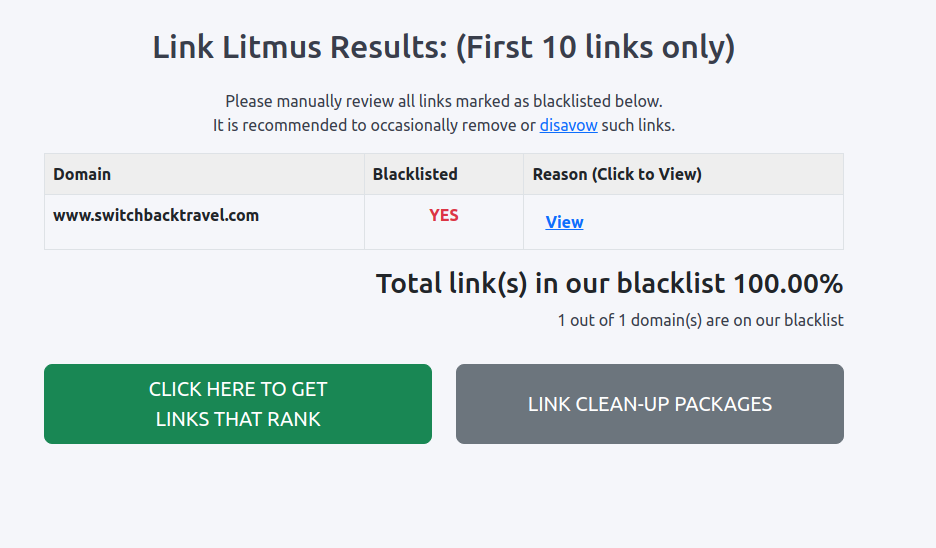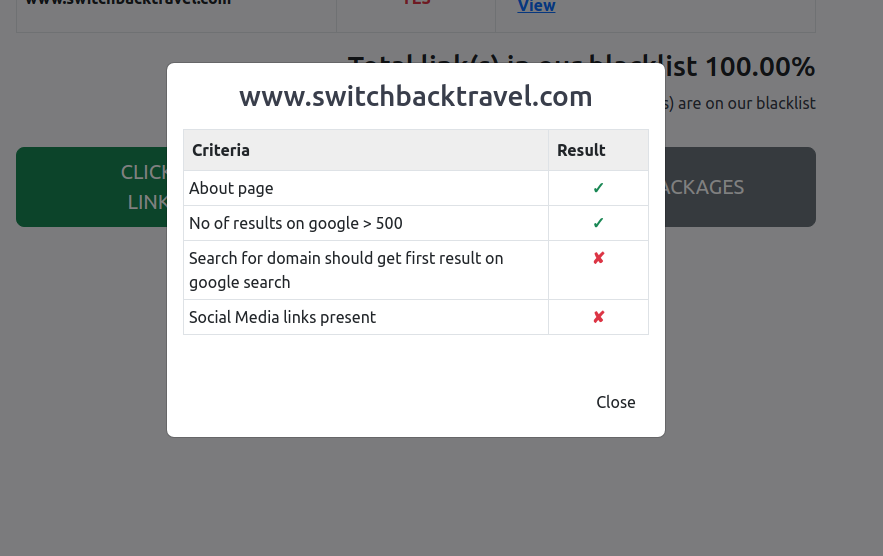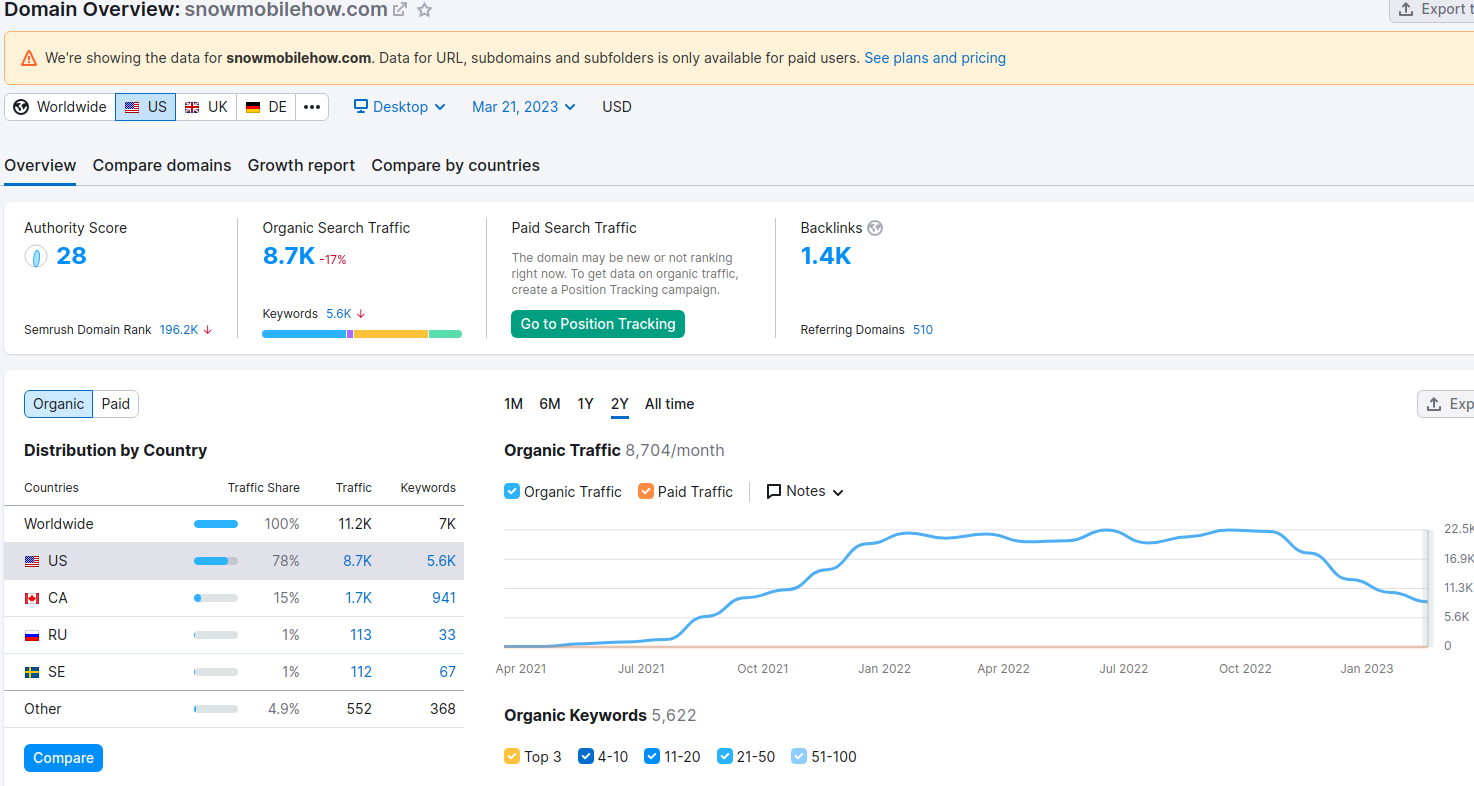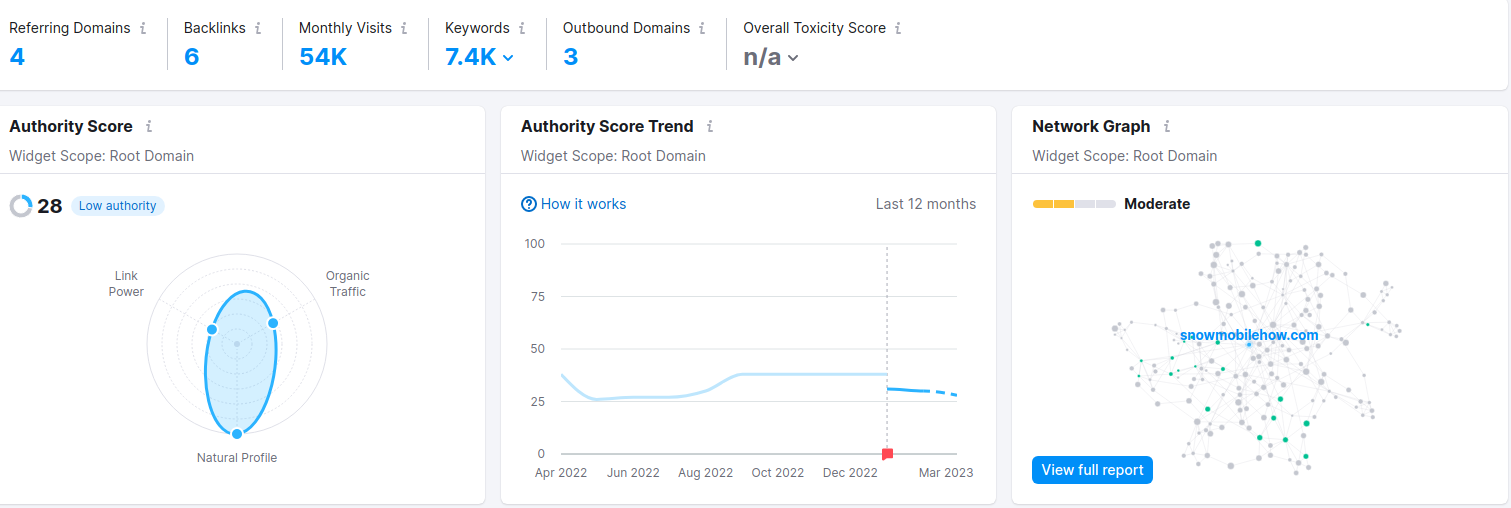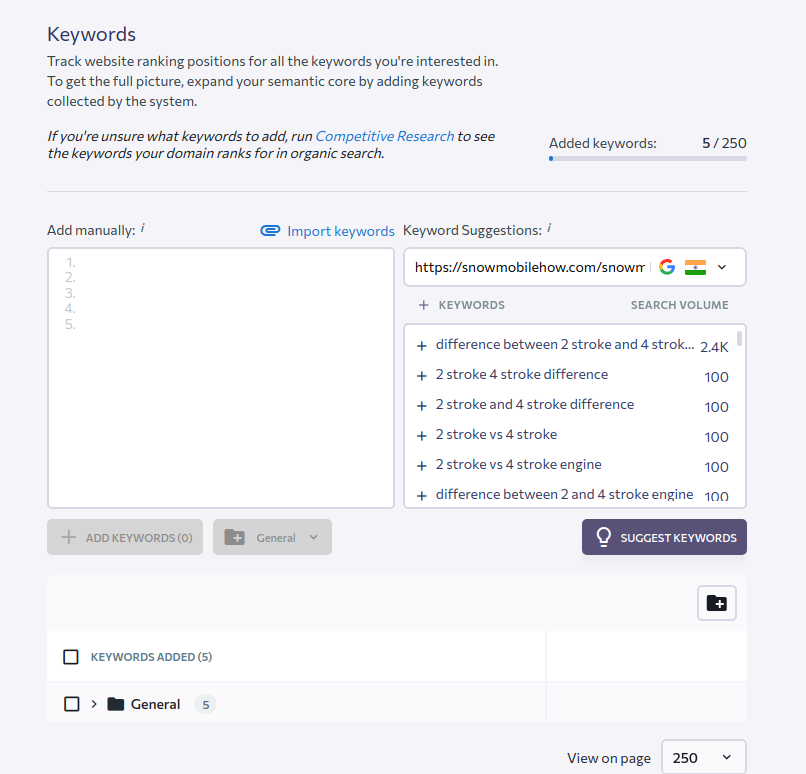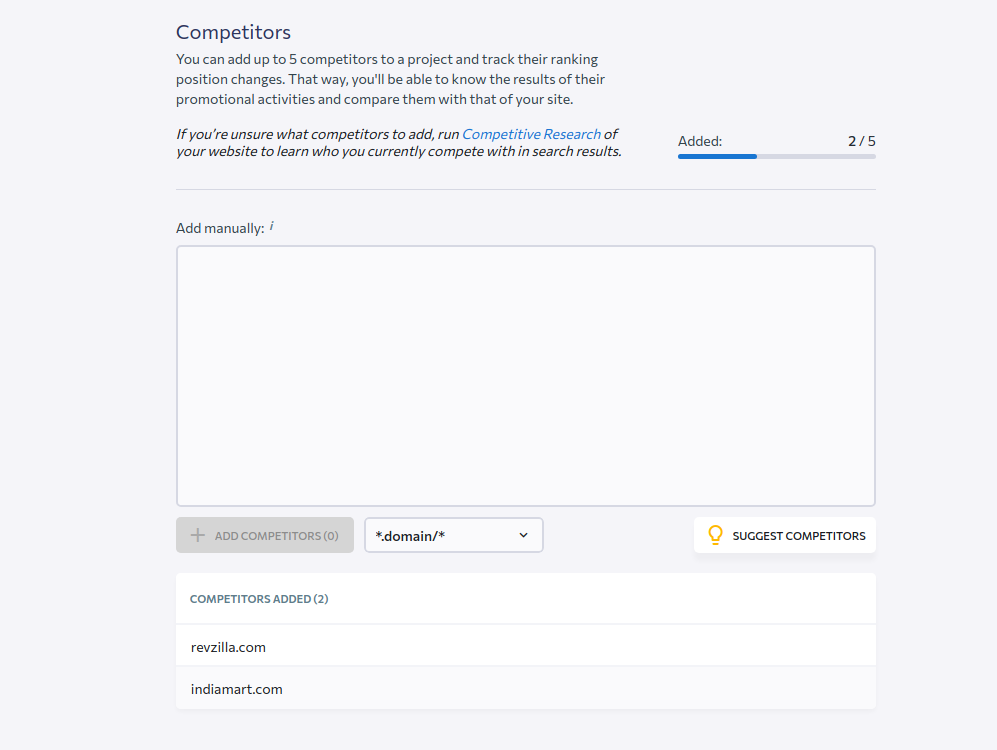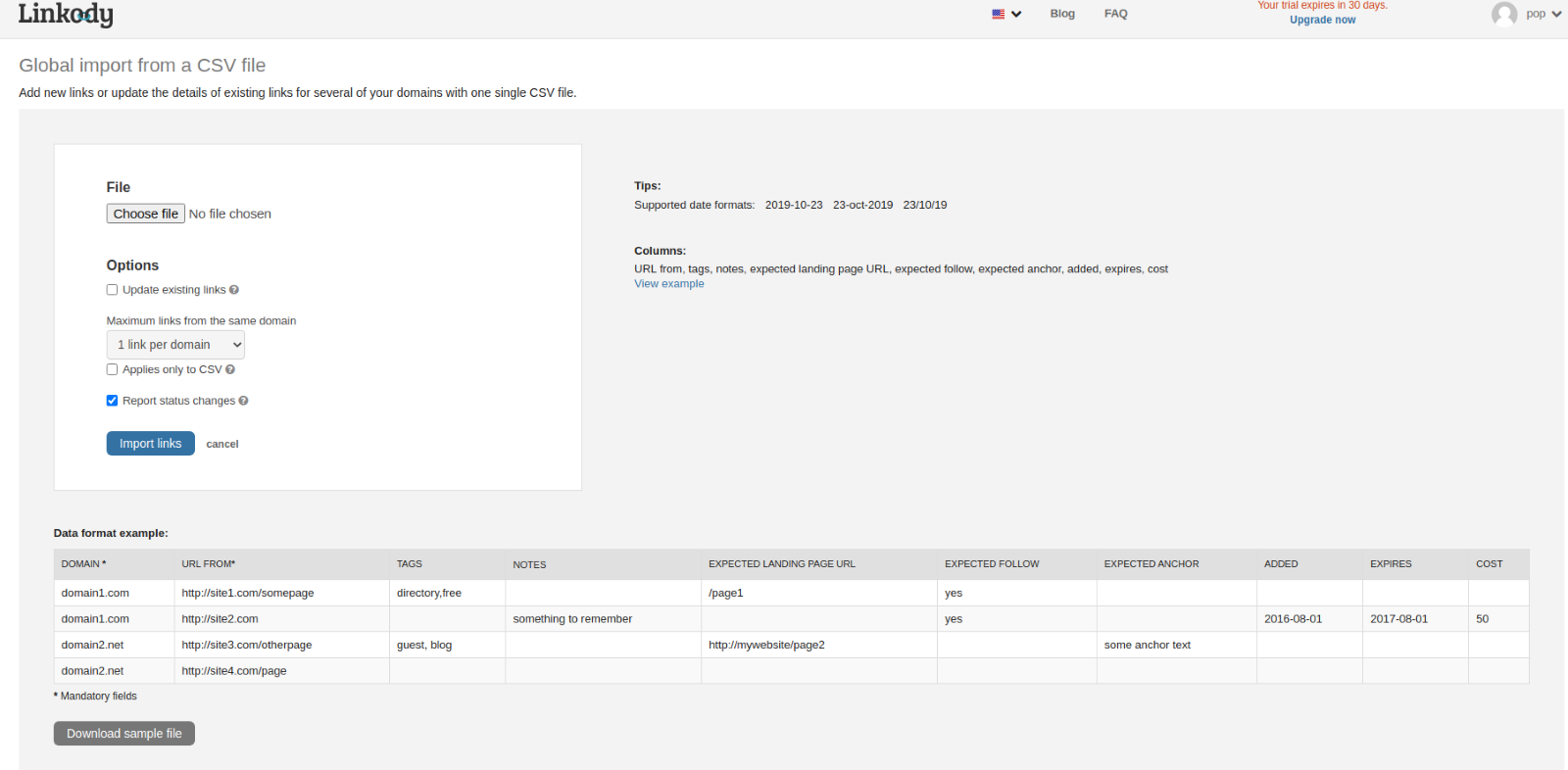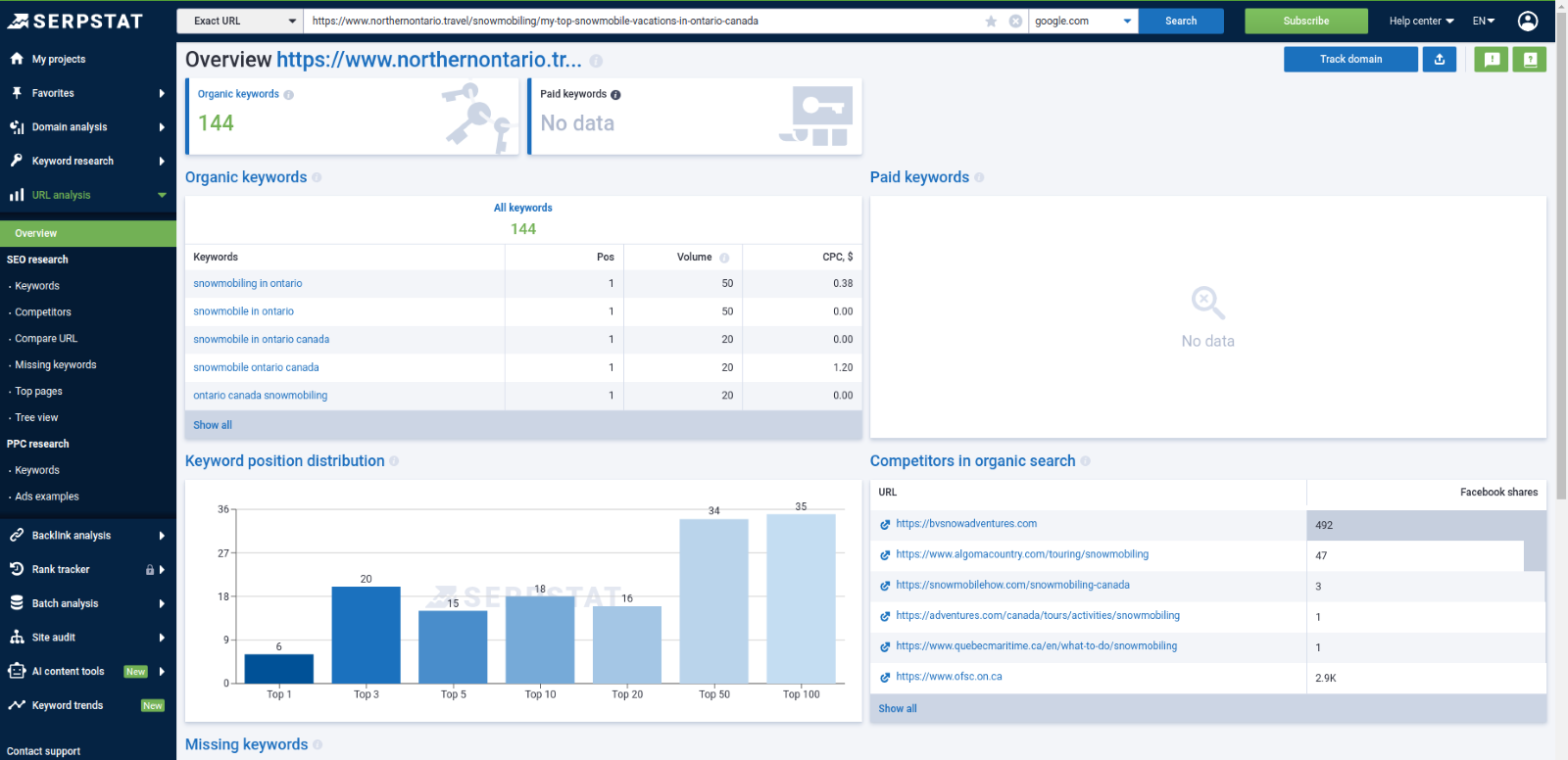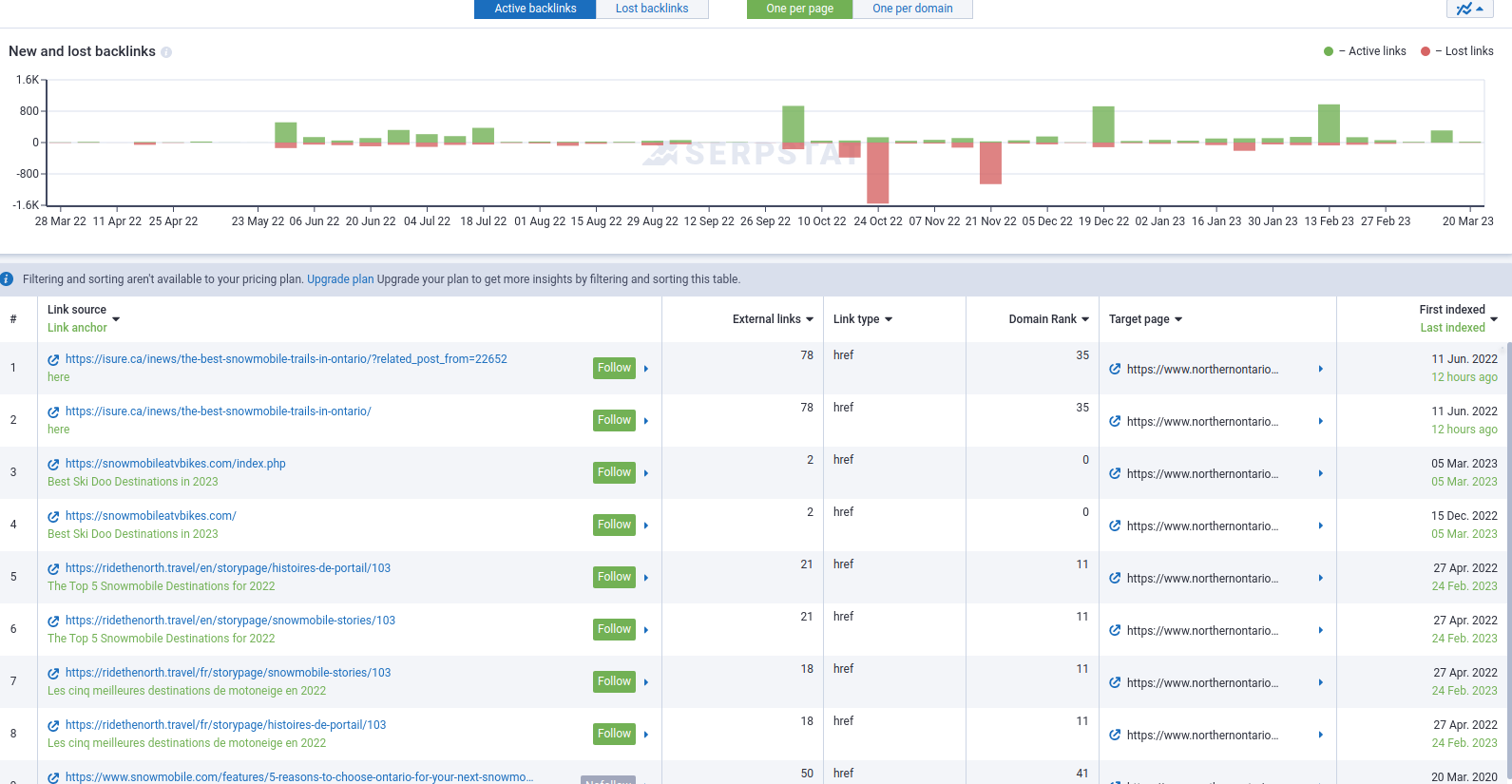The internet is a vast ocean of knowledge and information. It encompasses everything from technological advancements and network sites to gaming and entertainment. However, several aspects can get very frustrating and detrimental to users. We aren’t discussing security lapses, data breaches, or other illegal phenomena – it’s spammy backlinks we’re talking about here.
Let’s take an example of a spammy backlink, shall we?
Let’s say you are reading an intriguing blog and come across a backlink leading you to a separate website or a service. You click on it only to find that it has nothing to do with the topic you are reading and it’s not an appropriate product description or placement. No doubt it will be frustrating for you.
These manifestations can be very irritating and highly damage the reputation of any online venture. What makes them more problematic is that they can sometimes be tough to identify for any online venture.
In this blog, we’ll discuss what spammy backlinks are, the difference between certain kinds of spammy backlinks, how they originate and fester, and most importantly, some of the software available online which you can use to detect them precisely. Let’s get going…
Backlinks: The link between websites
Backlinks are links connecting one website to another and are usually classified into three categories.
- Inbound links
- Incoming links
- One-way links.
To understand it in more accessible terms, backlinks are contestants in a talent contest; the more votes they get from the judges, the further they go and the more popular they become.
Under this context, the judges are the significant online search engines, and the number of votes refers to the backlinks’ designated SEO ranking. Therefore, the more “votes” you have, the higher Google and other search engines will rank your website. Backlinks are ideally specified into the following categories:
- Editorial Backlinks
- Guest Blogging Backlinks
- Business profile backlinks
- Webinar Backlinks
- Free tool backlinks
- Acknowledgment backlinks
- Badge Backlinks
- Comment Backlinks
Since SEO plays a crucial role in determining the online standing of a webpage and backlinks assess their validity and ranking, often spammy backlinks are advertently or inadvertently used to boost or tweak the ranking algorithm. So how do spammy backlinks generally come about?
Spammy Backlinks: An introduction
Anyone familiar with the internet’s functioning would know that spammy backlinks aren’t entirely new. For SEO businesses and strategists, getting penalized for spammy backlinks is a constant source of anxiety and concern. Sometimes concentrated attacks by unsavory internet elements are centered around spammy backlinks, which can easily cripple your website, rendering them non-functional.
Spam backlinks majorly appear in forum circles, blogs and comment sections, and other modes and fronts of online communication. Spam backlinks can be ideally termed junk as they are nothing more than that and serve no purpose whatsoever.
Since the function of backlinks, in general, is to act as a connector from one website to another, sometimes the spammer’s website or one of its affiliates is impacted drastically. Now you may be curious, what’s the reason behind spammy backlinks?
Spammy backlinking actions’ primary aim is financial, but they change according to the circumstances. For example, a developer can establish spam backlinks on their website without knowing the company’s administration.
Spammy Backlinks are punishable and can majorly impact your SEO Rankings
Chart showcasing the impact of spammy backlinks on your website
Various studies have showcased that Google penalizes around 400,000 spammy links a month, which is a massive number in hindsight.
If you’re at the receiving end of a penalty from Google, it naturally lowers your page rank, making it less likely that people will see your content. If the penalizations are more stringent, your content can get omitted from the search index altogether.
There are many ways in which Google can assign penalties for spammy links. Google generally uses the Penguin algorithm to give out fines for spammy links, and the software has been specifically designed to penalize spammy and low-rated links. However, due to this scale of strictness, the overall standing and quality of websites focused on link building fell drastically. Since then, Google has improved the Penguin algorithm, making it more adept at identifying and penalizing harmful links.
Since the reputation of search engines ideally depends on the content available, the crackdown on spammy backlinks has been intense.
| Bad Sites | Bad Links |
| Bad sites are naturally those that don’t rank that highly on Google and have sketchy, unverifiable content. Using them as backlinks will not only reduce your webpage score, but it might also get invalidated. It is wise for any user not to use these backlinks. Attaching them to your site will only bring along unnecessary hassles and penalties. | Bad Links are websites that cannot connect with another website. They consistently damage your website by devaluing the overall score. With wrong links, the focus is on quantity over quality. Google identified this problem as early as 2011 when it concluded that Bad links hugely impact its reputation. As a website owner, you should always avoid the wrong links. |
Detection and Removal of Spammy Links
As already discussed, spammy links can impact the overall score of your website; their identification and removal become an unavoidable activity. You must figure out the spam backlinks before removing the theme. The most ideal and popular way is to use third-party software and tools to identify these faulty links.
Let’s discuss some of the most popular spammy link removal tools available.
1. Link Litmus
With Link Litmus, you can easily audit recently acquired backlinks and refer to several domains. The quality parameters consistently exceed the 10+ ratings. Additionally, the platform allows users to evaluate each backlink separately and paste nearly 100 links for auditing. After the audit, users can check the blocked websites and remove them accordingly.
As you can see, Link Litmus evaluates essential criteria such as about page, referring domains, trust flow, trust ratios, results on Google, and social media links.
While using the platform, we identified how accessible it is and how it offers users access to backlink profiling within a matter of seconds of opening the site. We used a website template to see how quickly Link Litmus identifies spammy backlinks and provides users with two options to remove junk backlinks.
Link litmus makes it easy for users to identify backlinks and enhance search credibility. You can manually optimize the website and see the backlisted links for yourself.
Prominent features:
- An integral part of PBNS
- It provides the write-for-us option with every website
- You don’t require many qualification stats to use the tool
The comprehensive functionality of Link Litmus is what makes the website one of the best when it comes to identifying faulty backlinks and securing an appropriate SEO ranking.
2. Semrush
Semrush’s user interface is one of the best in the category and comes with various features
There are many spammy backlink identifier tools in the market; however, one of the complete tools, SEMrush, stands apart from the rest.
Semrush provides various features such as Authority Score, Organic Search traffic, and Total Backlinks.
We used the tool on a website of our choice and found that the algorithm quickly identified the faulty backlinks and focused primarily on Keyword Research.
Additionally, users are also provided with a historical perspective about the website and how much traction it got online.
Prominent features
- Highly effective keywords research
- Site Performance analysis
- Competition Investigation
- Generation of new content ideas
- SEO friendly templates
- Past and Current Ranking tracking
- Competitor Analysis
Semrush is trusted by online marketers all around the world. Numerous businesses, both large and small, use it as well.
| Pros | Cons |
|
|
Edelweiss Bakery: A SemRush Success Story
Edelweiss Bakery, a prominent food joint in Fort Lauderdale, Florida, was hugely impacted by SEMrush. Not only was the spammy backlink problem taken care of, but various other website-related problems were ideally sorted. Their online business increased drastically because SemRush developed and implemented a new website interface.
3. SE Ranking
SE Ranking is the leading platform for SEO management.
It offers a complete set of tools for maintaining your website, monitoring and analyzing your rankings, and keeping tabs on your rivals. The process of using this tool is straightforward.
You can doublecheck the backlink data and even analyze country-specific search specifications.
Additionally, there’s a 5-layer authentication protocol that verifies every aspect of the website. A methodical backlink tracker tool is also provided to identify and remove faulty backlinks. This comprehensive style and a 30-day trial period make SE ranking the ideal backlink tracker tool.
Prominent features:
- Appropriate keyword collection tool
- Adequate Knowledge of target queries
- Deep dive into every site’s link
- Focused backlink profile development
- Site auditing that compliments search engine algorithms
- Website changes notification
| Pros | Cons |
|
|
Leuke Reception: SE’s Backlink Ranking Beneficiary
Leuke Reception, a cooking website based out of the Netherlands, reached a website footfall of over 4 million because of SE’s website optimization features. It has developed into a highly profitable enterprise after SE took over the website, matching the creativity and vision of the owners and incorporating these values into the website.
4. Linkody Backlink Tracker
When compared to others on the list, Linkody’s interface is much simpler and basic. Even though it doesn’t provide the additional features other tools do, it nonetheless is a very proficient backlink tracker.
Free users are provided one domain each at a time, and when inserted, the tool’s algorithm does the rest. This way, the interface is automated, and spammy backlinks are identified quicker.
Prominent features
- Monitoring for 2 domains
- Tracking 500 links
- Reports on new & lost links
- Competitor backlinks
- SEO metrics from Moz & Majestic
- Disavow tool
- Instant link location
- Landing page SEO
Both small and large enterprises utilize Linkody. Although SMEs and people alike use the service, Linkody’s professional clientele, which includes stock market companies, is more striking.
| Pros | Cons |
|
|
5. Serpstat
Serpstat is new, but the interface is very bold!
Serpstat is a multipurpose growth hacking tool for content marketing, PPC, and SEO. You may use it for everything from keyword research and backlink analysis to domain and website analysis.
Unlike the other tools on the list, Serpstat comes with a live chat option that takes care of all your queries.
Once the user inserts the domain name, Serpstat provides numerous options such as Domain Analysis, Keyword Research, URL analysis, and many more. Even though the tool is new to the market, it can match any tool on the list in terms of quality and quantity.
Prominent features:
- Diligent analysis of website content
- Identification of webpages that have the probability of attracting the most backlinks
- Keyword research and selection
- Finding link-building opportunities
- Rank tracking on a day-to-day basis
- Conducting site audits
| Pros | Cons |
|
|
Conclusion
The entire process of SEO and backlinking is not as challenging as it may seem. If you identify and eliminate the spammy backlink, at least half of your problems get solved. To determine the link quality of your website, you must identify and analyze your existing backlinks and construct more links.
We have seen how spammy backlinking presents a massive problem to website developers and businesses. Significantly, faulty backlinks’ impact on SEO rankings is a severe cause of concern. Given the stakes, using tools that effectively identify and remove these spammy backlinks and optimizing them accordingly becomes a pertinent activity.
